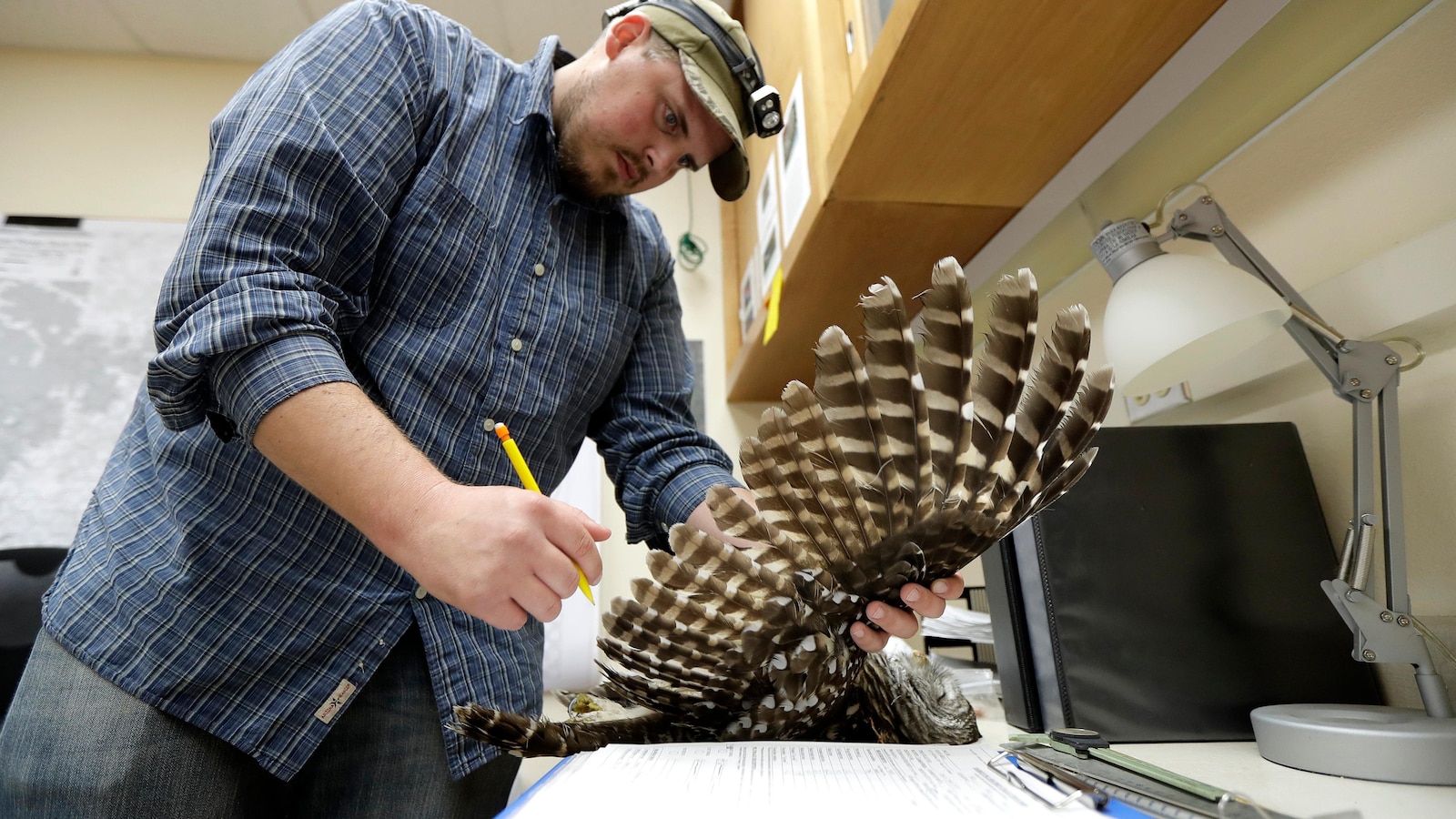Killings of invasive owls to ramp up on US West Coast in a bid to save native birds
In recent years, the US West Coast has seen a disturbing trend of killings of invasive owls in a bid to save native bird populations. This controversial practice has sparked intense debate among conservationists, bird enthusiasts, and wildlife advocates.
The invasive owls in question are the barred owl, which has been steadily encroaching on the territory of the endangered spotted owl. The barred owl, native to eastern North America, has been expanding its range westward and competing with the spotted owl for food and habitat. In an effort to protect the struggling spotted owl population, wildlife officials have resorted to culling barred owls in targeted areas.
The logic behind the killings is that by reducing the population of barred owls, there will be less competition for resources and the spotted owl will have a better chance of survival. However, opponents of the practice argue that killing one species to save another is ethically questionable and goes against the principles of conservation.
In addition to the ethical concerns, some experts question the effectiveness of the culling program. While it may temporarily alleviate competition between the two owl species, it may not address the root causes of the spotted owl’s decline, such as habitat loss and fragmentation.
Furthermore, there is also the issue of public perception and backlash. Many people are uncomfortable with the idea of killing animals, even if it is done in the name of conservation. The killings of invasive owls have sparked protests and calls for alternative solutions, such as habitat restoration and captive breeding programs for the spotted owl.
Ultimately, the issue of killing invasive owls to save native birds is a complex and contentious one. While the goal of protecting endangered species is noble, the means by which it is achieved is a matter of debate. As the debate continues, it is important for wildlife officials, conservationists, and the public to work together to find sustainable and ethical solutions that benefit both native and invasive species.






